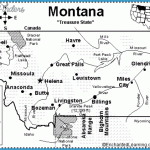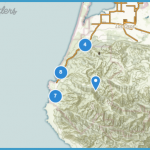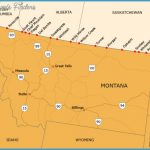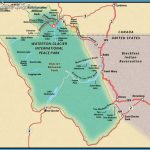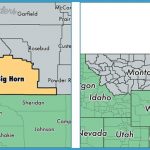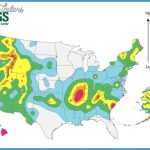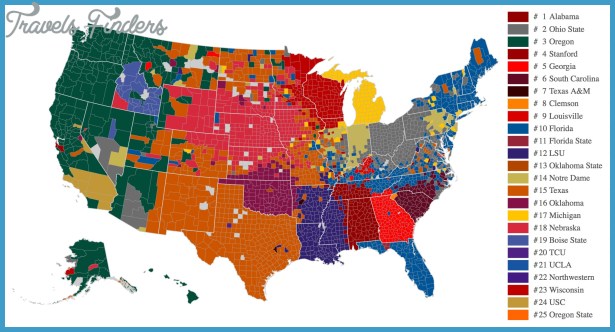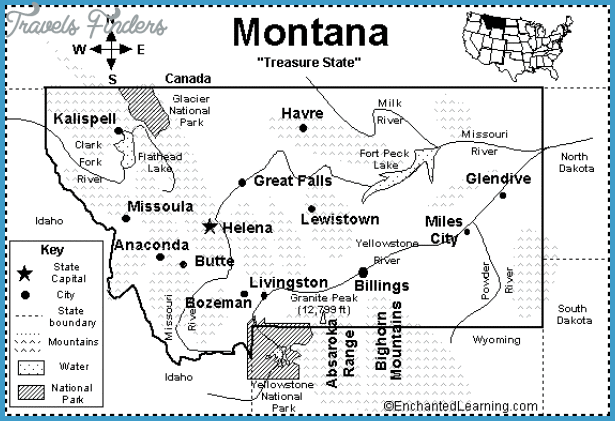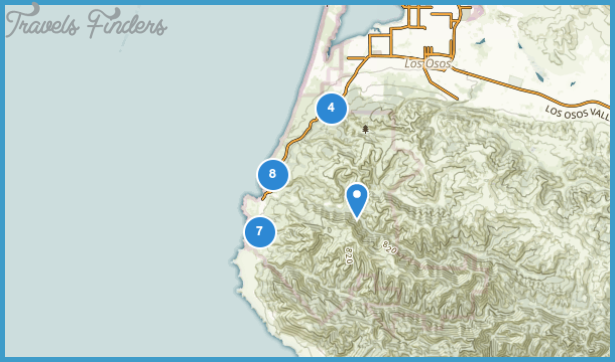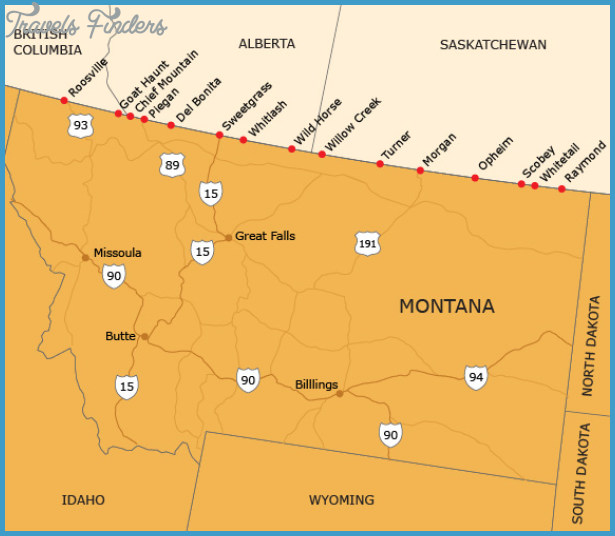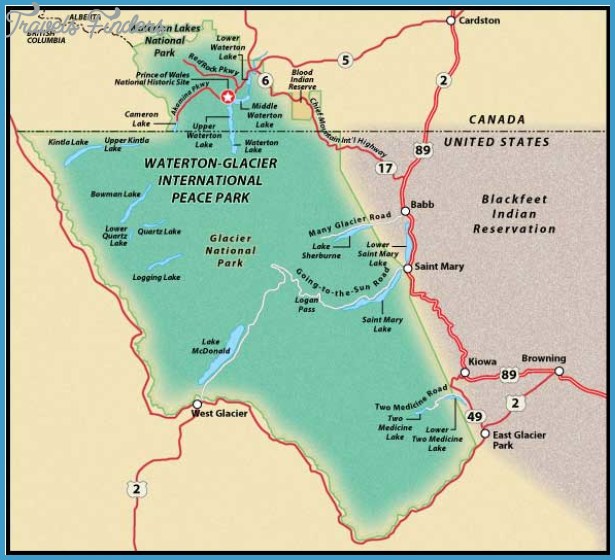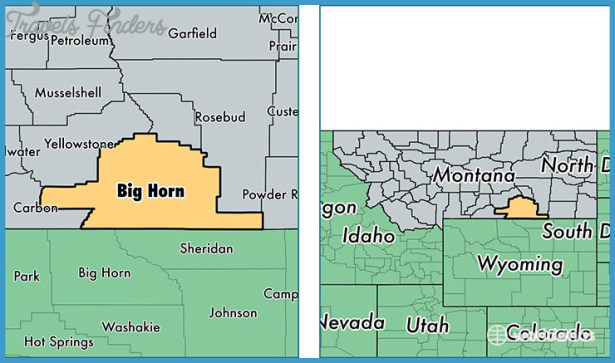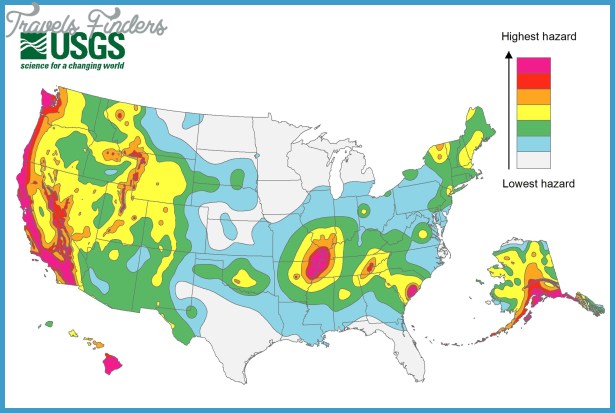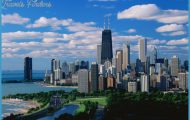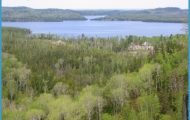Crowds notwithstanding, you’ll want to spend a few hours at Logan Pass, the road’s climax. Open mid-June through mid-October, the Logan Pass Visitor Center (406-888-7800) is where you’ll learn about the fragile plant and animal life at high elevations before striking out on one of the two hikes that depart from the summit. The 6-mile Hidden Lake Nature Trail on pavement, boardwalk, and then gravel is the park’s most popular hike. Bring a fly rod to fish for Yellowstone cutthroat trout in the lake. Across the road from the visitors center, the Highline Trail cuts across the Garden Wall and isn’t for the weak-kneed for about 100 yards early in the hike there is a sheer drop off, and you might have to or get to, depending on your perspective share the trail with a single-minded mountain goat.
Heading down the east side of Logan Pass, you’ll notice a drier forest with more pine, aspen, and eventually sagebrush. Highlights of the backside include the 408-foot East Tunnel through Piegan Mountain and a stop at the Jackson Glacier Overlook, 4 miles below the pass. This is the only place on the road where a glacier is still visible. Snap a photo and then compare the current size of the glacier to visitor center pictures from the 1930s, 1950s, and even 1980s. Look to the north side of the road, and you’ll see its namesake mountain, Going-to-the-Sun, which rises to 9,642 feet. The road down to St. Mary Lake offers a number of worthwhile short hikes, including an easy 3.6-mile round-tripper to St. Mary and Virginia falls, a short walk to 75-foot Sunrift Gorge, and the 1.2-mile Sun Point Nature Trail to views of the lake. One more stop to make is at the Wild Goose Island Overlook, where a tiny island is a striking contrast in St. Mary Lake against a mountain backdrop.
Five miles before St. Mary is Rising Sun (866-875-8456, June Sept.), which offers the first services since Lake McDonald, including boat rides across the lake. Take a look around at the prairie and aspen landscape and ponder just how much it has changed in the 35 miles since the ancient cedars on the west side. St. Mary has a visitor center and a congested conglomeration of restaurants, motels, gas stations, and gift shops.
Turn right on US 89 for the pretty 33-mile drive through aspen and sage foothills toward East Glacier, keeping an eye on the majestic mountains visible on the passenger’s side. Look for Blackfeet ponies high on benches in scenes reminiscent of 150 years ago. At a little outpost called Kiowa, turn right on MT 49 for 13 miles of zigging and zagging through the Two Medicine country to East Glacier, which has a few smaller motels, motor inns, eateries and gift shops, an Amtrak station, and the massive Glacier Park Lodge.
Just under the railroad bridge is the junction of US 2, which begins a quick if not as dramatic ascent to 5,220-foot Marias Pass to the west. The views at the summit including 8,770-foot Summit Mountain to the north are enticing. Pull into a large parking area that features a miniature version of the Washington Monument dedicated to J. F. Stevens. He was a Great Northern Railway engineer who discovered the route across the Rockies with the help of a Blackfeet scout. Also at the pass is a tribute to a Slippery Bill Morrison, who donated a portion of his 160-acre spread to create the only year-round passage through the Rockies between Rogers Pass and the Canadian border.
When US 2 descends to the Flathead River and bends north, look for the Walton Goat Lick Overlook on the left side. A short walk to a new viewing platform reveals a natural salt lick where as many as 50 mountain goats at a time regularly convene for an energy boost, alongside bighorn sheep, deer, and other wildlife. A few miles beyond are the communities of Walton and Essex (pop. 223), where the extravagant Izaak Walton Inn is worth exploring even if you’re not staying in one of its railroad-oriented lodging options. The 29-room hotel, often called Inn Between because of its location deep in the mountains between East Glacier and West Glacier, was built as a possible southern entrance for Glacier. The hotel has survived numerous disappointments and nearly perished in a wildfire in the summer of 2015 and has evolved to become a destination for visitors desiring unusual year-round lodging. It has become a twice-daily hotel tradition to wander onto the porch to wave at Amtrak passengers.
The next 25 miles back to West Glacier offer some of the wildest paved-road country in America. Glacier rises above the Flathead River on the north side and the Great Bear Wilderness looms to the south.
Page numbers listed correspond to the print edition of this book. You can use your device’s search function to locate particular terms in the text.


